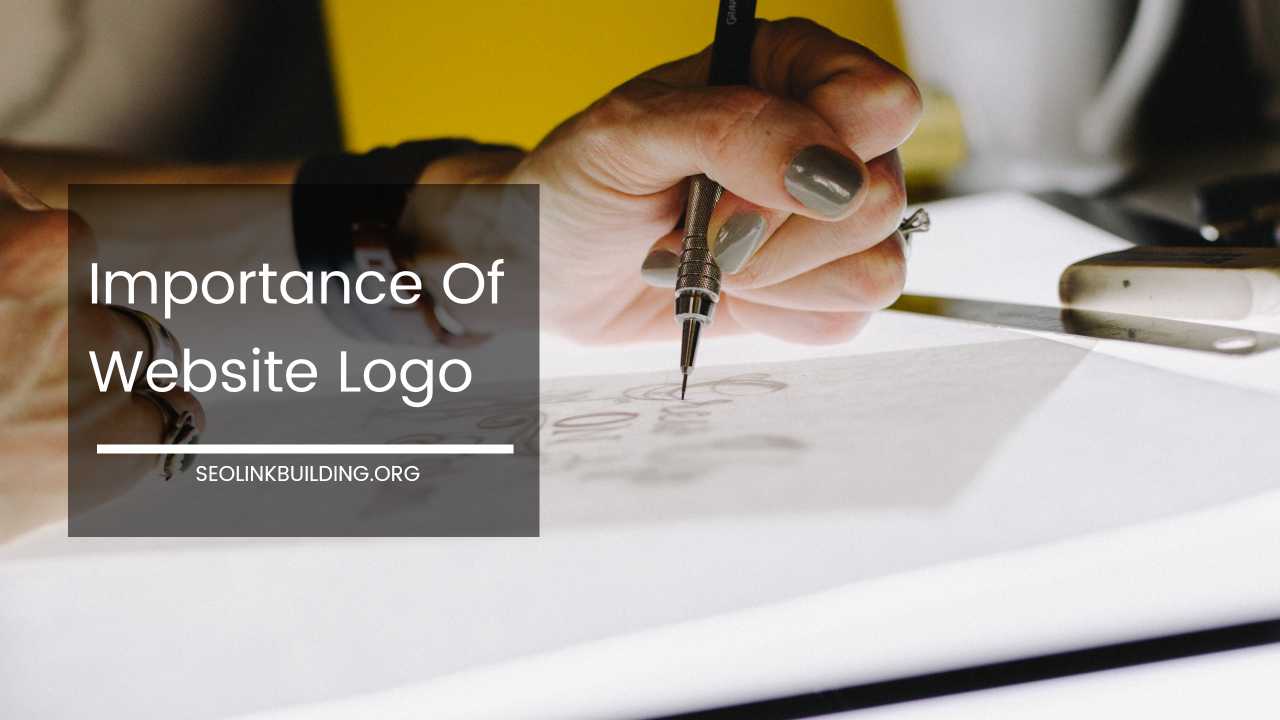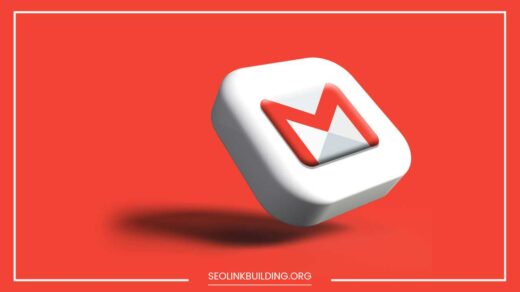Importance of Website Logo

The Unsung Hero: The Enduring Importance of a Website Logo
In the ever-evolving digital landscape, where websites are the shopfronts of countless businesses, every element contributes to a visitor’s experience.
From user-friendly navigation to captivating content, each detail plays a crucial role in influencing a user’s decision to engage with your brand. Yet, one aspect often goes unnoticed but holds immense power: the website logo.
A Logo: Beyond Aesthetics, a Visual Narrative
A website logo transcends the realm of a mere image at the top of your webpage. It’s the visual embodiment of your brand, the initial handshake with potential customers, and a silent communicator that speaks volumes about your values and identity.
The Power of First Impressions: Grabbing Attention in a Flitting Glance
Consider this: when you land on a website, what’s the first thing that captures your attention? The logo. In a world saturated with online content and ever-dwindling attention spans, those initial moments are critical. A well-designed logo grabs attention, sparks curiosity, and sets the stage for the rest of the user experience.
Building Brand Recognition and Trust: Familiarity Breeds Trust
A strong logo becomes synonymous with your brand. Think of the iconic swoosh of Nike or the bitten apple of Apple. These logos are instantly recognizable and evoke powerful brand associations.
Over time, with consistent use across your website, marketing materials, and social media presence, your logo becomes a mark of trust and familiarity.
Customers who have had a positive experience with your brand will subconsciously associate that positive experience with your logo, fostering a sense of trust and encouraging future interactions.
Communicating Your Brand Identity: A Visual Language
Your logo is a silent storyteller. Through the strategic use of colors, shapes, and even fonts, it can convey the essence of your brand personality. A playful and vibrant logo suggests a fun and youthful brand, while a clean and minimalist design might represent sophistication and professionalism.
Imagine a logo for a children’s toy store – it might incorporate playful colors and whimsical fonts, instantly communicating the brand’s target audience and overall tone.
Standing Out From the Crowd: A Visual Differentiator
The online marketplace is a teeming ocean of competition. A unique and memorable logo helps you navigate these waters effectively. It allows you to carve out a distinct visual niche, separate yourself from the pack, and make a lasting impression on potential customers. Imagine two competing clothing brands.
Brand A’s logo is generic and forgettable, while Brand B’s logo utilizes a bold color scheme and a catchy symbol.
Brand B’s logo is more likely to leave a lasting impression and encourage potential customers to explore their offerings further.
Building Brand Loyalty: A Visual Anchor for Positive Associations
A well-designed logo fosters brand loyalty. As customers develop positive associations with your brand, your logo becomes a trusted symbol, reinforcing their decision to choose you over competitors. Imagine a customer who consistently has a positive experience with your company.
They’ll begin to associate those positive experiences with your logo, making them more likely to choose your brand again in the future.
The Anatomy of a Great Website Logo: Crafting a Masterpiece
Now that we’ve established the importance of a website logo, let’s delve into the key ingredients that make a great one:
- Simplicity is Key: A logo should be clear, concise, and easily recognizable even at small sizes. A complex design with intricate details might look impressive when enlarged, but it will lose its impact when displayed on a mobile device or a business card.
- Memorable Design: Think about what will make your logo stick in people’s minds. Strive for a design that is unique, yet avoids being overly complex. Consider logos like the Twitter bird or the Facebook thumbs-up – simple yet instantly recognizable.
- Color Psychology: A Palette of Emotions: Colors evoke emotions and can subconsciously influence user perception. Choose colors that align with your brand message. For example, a green logo might suggest eco-friendliness, while a red logo might convey feelings of excitement or passion.
- Versatility is Essential: Your logo should look good in various applications, from your website to your business card. Ensure it scales well and translates effectively across different mediums – digital, print, and physical branding materials.
- Timeless Appeal: A Design That Stands the Test of Time While trends come and go, a great logo should have lasting appeal. Avoid overly trendy design elements that might date quickly. A classic logo design will ensure your brand identity remains relevant for years to come.
Investing in a Professional Logo: An Investment in Your Brand Identity
While DIY logo creation tools exist, for a website that represents your business, consider investing in a professional logo design.
A skilled designer can help you translate your brand vision into a logo that is not only aesthetically pleasing but also strategically crafted to achieve your branding goals. They can guide you through the design process, considering your target audience, brand personality, and competitor landscape.
- Collaborative Process: A professional designer will work closely with you to understand your brand essence, target market, and design preferences. They will present you with various design concepts and refine the chosen design based on your feedback.
- Technical Expertise: A designer possesses the technical expertise to ensure your logo translates seamlessly across various mediums. They will create vector-based logo files that can be scaled to any size without losing quality. This ensures consistent and professional presentation across your website, marketing materials, and even promotional merchandise.
Optimizing Your Logo for Search Engines (SEO): A Strategic Advantage
While a logo’s primary purpose isn’t directly related to SEO (Search Engine Optimization), there are ways to integrate it to enhance your search visibility. Here’s how:
- Include Your Brand Name Within the Logo Design: If your brand name isn’t readily apparent within the logo itself, consider incorporating it subtly within the design. This allows search engines to crawl and index your brand name through the logo image.
- Optimize the Alt Text: The alt text associated with your logo image is a text description that appears when the image cannot be loaded. Use relevant keywords in the alt text to improve search engine discoverability. For example, if your company sells handcrafted jewelry, your logo alt text might be “Handmade Jewelry by [Your Brand Name].”
Maintaining Logo Consistency: Building Brand Recognition Through Repetition
For maximum impact, ensure consistent logo usage across all your digital and physical touchpoints. This includes:
- Website: Your logo should be prominently displayed on your website, ideally at the top of every page.
- Social Media Platforms: Use your logo as your profile picture and cover image on all your social media channels.
- Marketing Materials: Incorporate your logo into all your marketing materials, including brochures, flyers, email signatures, and presentations.
- Email Signatures: Including your logo in your email signature adds a professional touch and reinforces brand recognition with every email you send.
- Company Merchandise: Branded merchandise like t-shirts, mugs, and pens are a great way to showcase your logo and increase brand awareness.
The Evolution of a Logo: Adapting to a Changing Landscape
While a logo should strive for timelessness, there might be situations where a refresh is necessary. Here are some signs that your logo might need an update:
- Outdated Design: If your logo appears dated or uses design elements that are no longer trendy, it might be time for a refresh.
- Shifting Brand Identity: As your brand evolves, your logo may no longer accurately reflect your brand identity. A refresh can help bridge the gap and ensure your logo aligns with your current brand messaging.
- Loss of Impact: If your logo no longer grabs attention or resonates with your target audience, a refresh can breathe new life into it and enhance its effectiveness.
Final Word: Your Logo – A Powerful Branding Tool That Endures
Your website logo is a powerful branding tool that deserves careful consideration. By investing in a well-designed logo that reflects your brand identity and resonates with your target audience, you’ll be well on your way to establishing a strong online presence and achieving your business goals.
Remember, your logo is a visual cornerstone of your brand, silently communicating your values and personality to the world. Make it count.













